Patient intake
Date
Jan 16, 2025
Author
Rik Renard
Situation
Care organizations operating under B2B contracts face immense pressure to deliver seamless care while meeting unique, contract-specific requirements. Each contract comes with its own rules—tailored eligibility criteria, specific data collection needs, and custom reporting demands—forcing teams to constantly adapt their workflows. This complexity often leads to fragmented systems and time-consuming processes, especially during critical stages like intake and triaging.
Complication
Relying on manual workflows to manage intake and triaging creates inefficiencies that ripple through the entire organization. Coordinators spend hours reviewing forms, cross-checking eligibility criteria, and manually entering data into different systems—tasks that are prone to human error and slow down care delivery.
As new contracts are added, each with its own unique requirements, these processes become even harder to manage. Adjusting workflows to meet evolving demands drains time and resources, creating bottlenecks that frustrate staff and delay patient care. This lack of scalability makes it nearly impossible to balance operational efficiency with the high standards of care that patients and contract providers expect.
Resolution
By using Awell to automate intake and triaging workflows, organizations eliminate the bottlenecks caused by manual processes. Care teams capture patient information through streamlined digital forms, and eligibility is automatically assessed based on contract-specific rules. This ensures accuracy, speeds up decision-making, and reduces the burden on clinical teams.
With Awell’s low-code platform, operations teams can adapt workflows effortlessly for new contracts. Whether adjusting eligibility criteria, collecting specific data, or aligning with unique reporting requirements, teams can make updates quickly without disrupting the IT backlog. By automating repetitive tasks and creating unified workflows, care teams focus on delivering care, not managing admin, while operations teams unlock sustainable scalability without increasing staff size.
Disclaimer: Each flow belongs to, and is configured by, an Awell customer. Awell supplies the underlying builder platform only; we do not provide clinical content or clinical decision-making logic.
Back






















